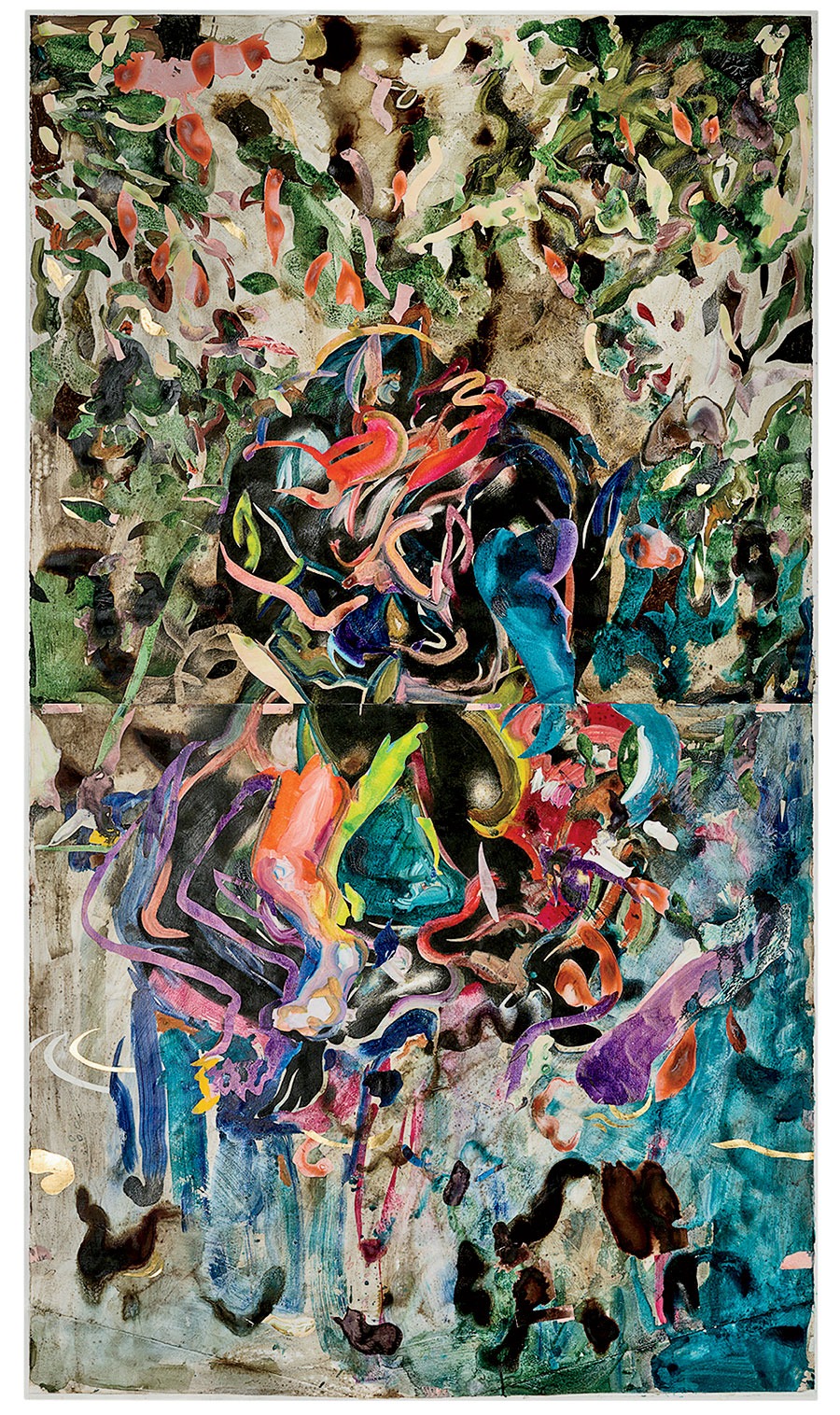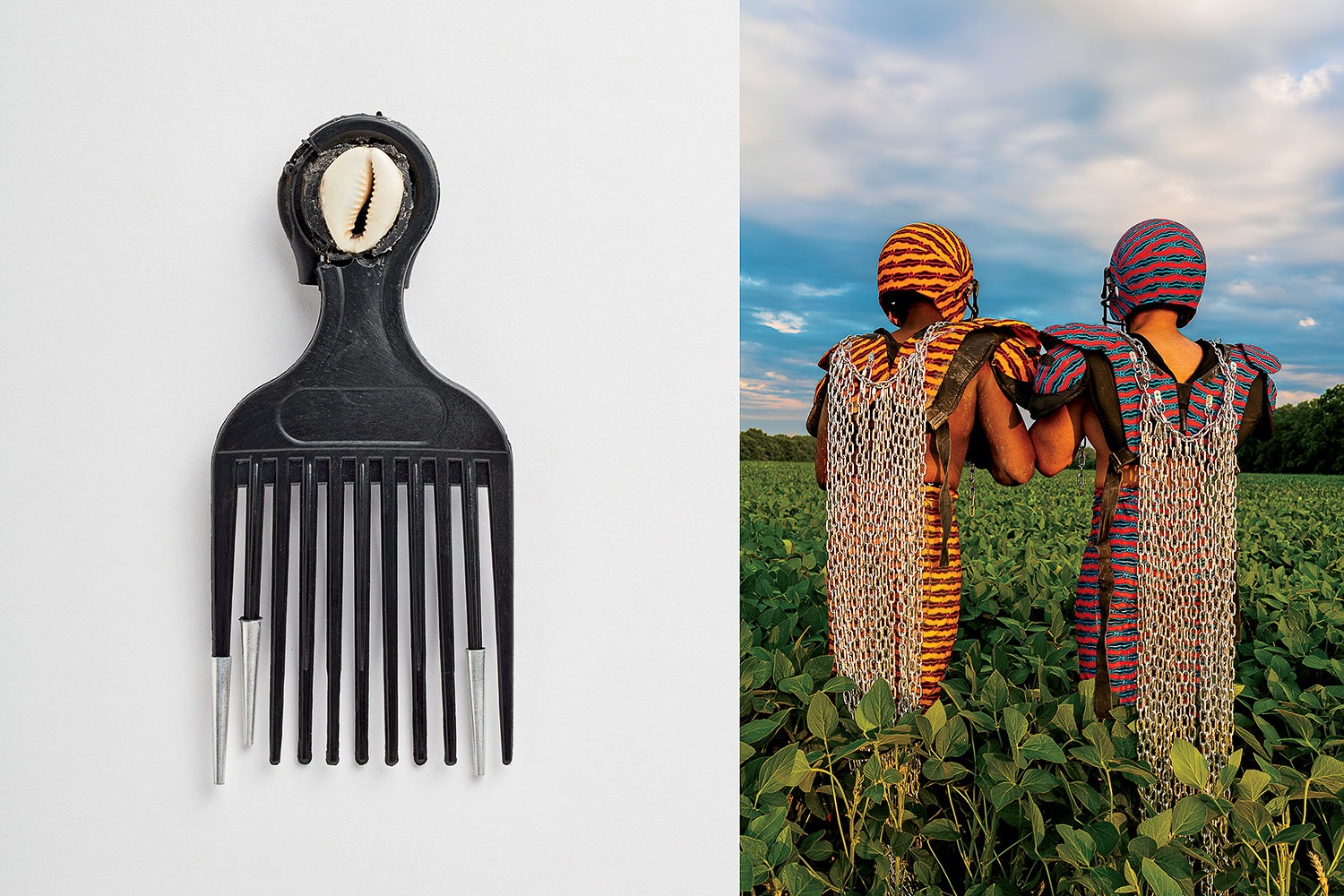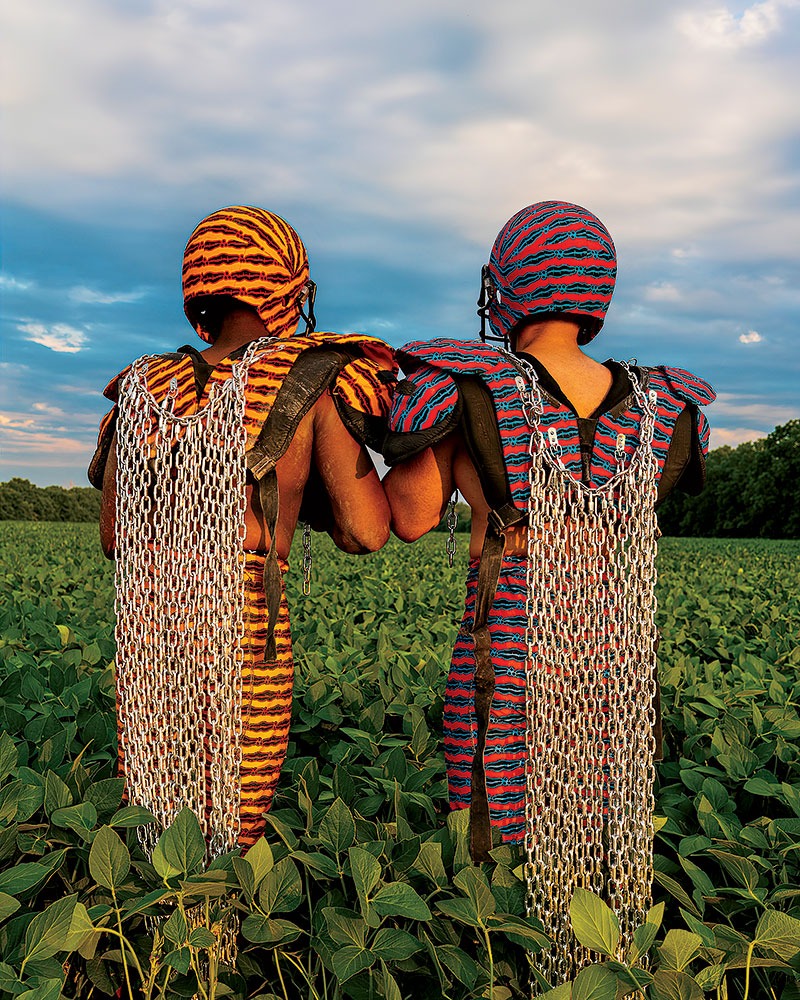From Berlin and London to Cape Town and São Paulo, the international modern-art world will converge on the city April 13 to 16 for Expo Chicago. Think of it as a massive pop-up global art museum — one where you can actually purchase the pieces. “You can live in Chicago, travel the world with your eyes, and experience an extraordinary amount of work, from beautiful to provocative,” says Tony Karman, Expo Chicago’s president and director. The scope of international eye candy filling Navy Pier’s Festival Hall will include large-scale sculptures, site-specific works, and limited-edition art books, with artists from 36 countries and 170 galleries represented at this 10th edition of the fair.
We asked Expo’s director of programming, Kate Sierzputowski, to identify a few buzzed-about participating artists from around the world, both established and up-and-comers.
Esmaa Mohamoud
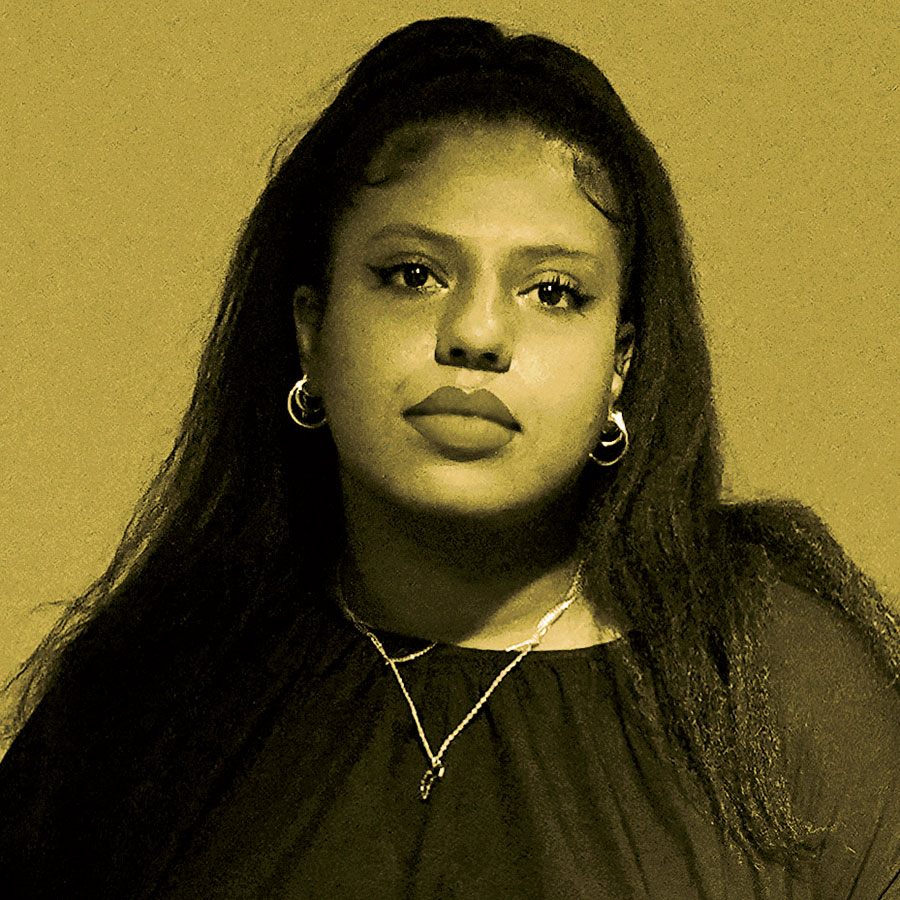
“Last year, I met Esmaa in person at her solo exhibition in New York, surrounded by hundreds of steel dandelions,” says Sierzputowski, referring to an installation that occupied 840 square feet. Indeed, the African Canadian sculptor and photographer has a penchant for working on a grand scale. Check it out for yourself at a solo exhibition opening April 13 at Kavi Gupta’s Elizabeth Street gallery. It includes Mohamoud’s eye-popping display of a pink Cadillac with 50-inch rims suspended from the ceiling, a piece, Sierzputowski says, that “speaks about financial literacy in the Black community.”
Where else to see her work All around town. Mohamoud’s photography will be among the images projected on digital billboards in April, part of an annual collaboration between Expo and the city.
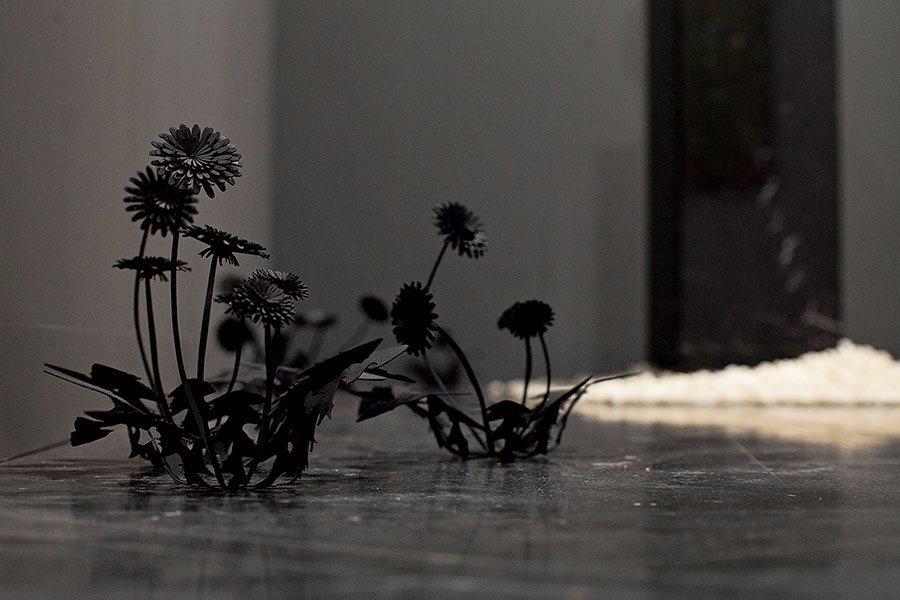
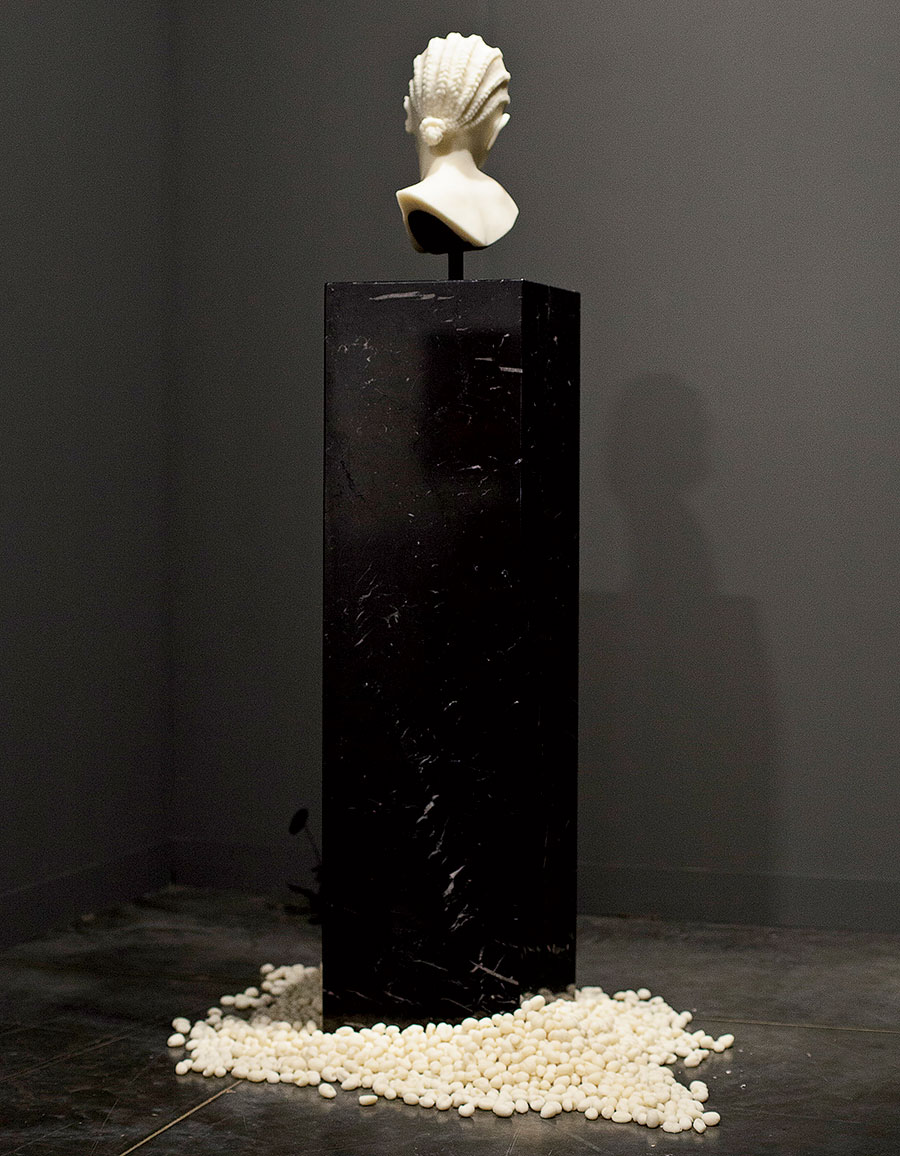
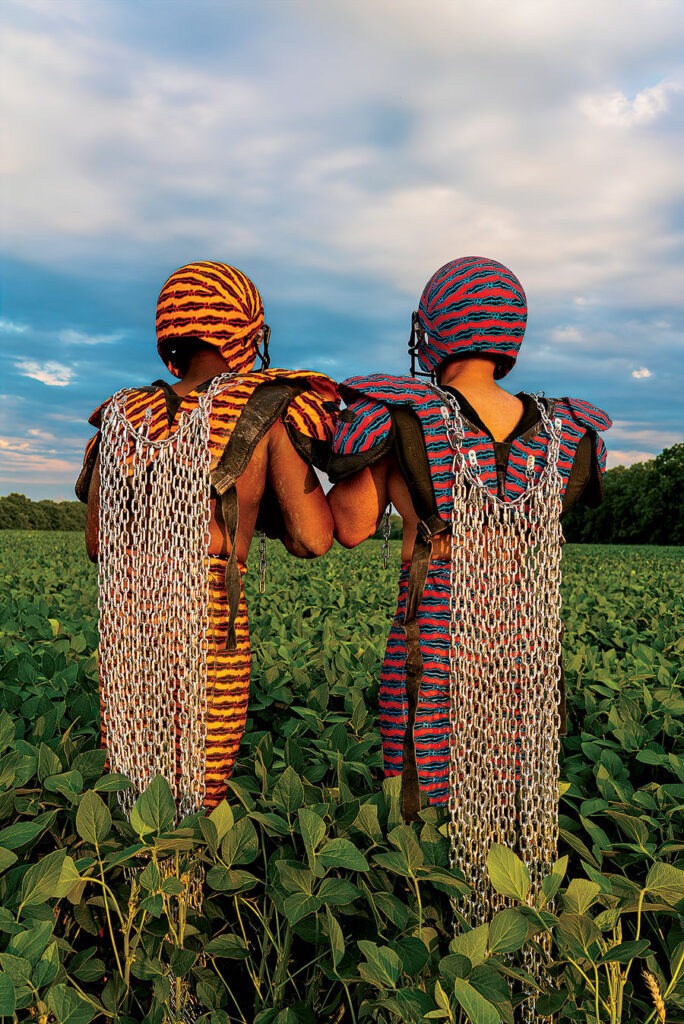
Oluseye
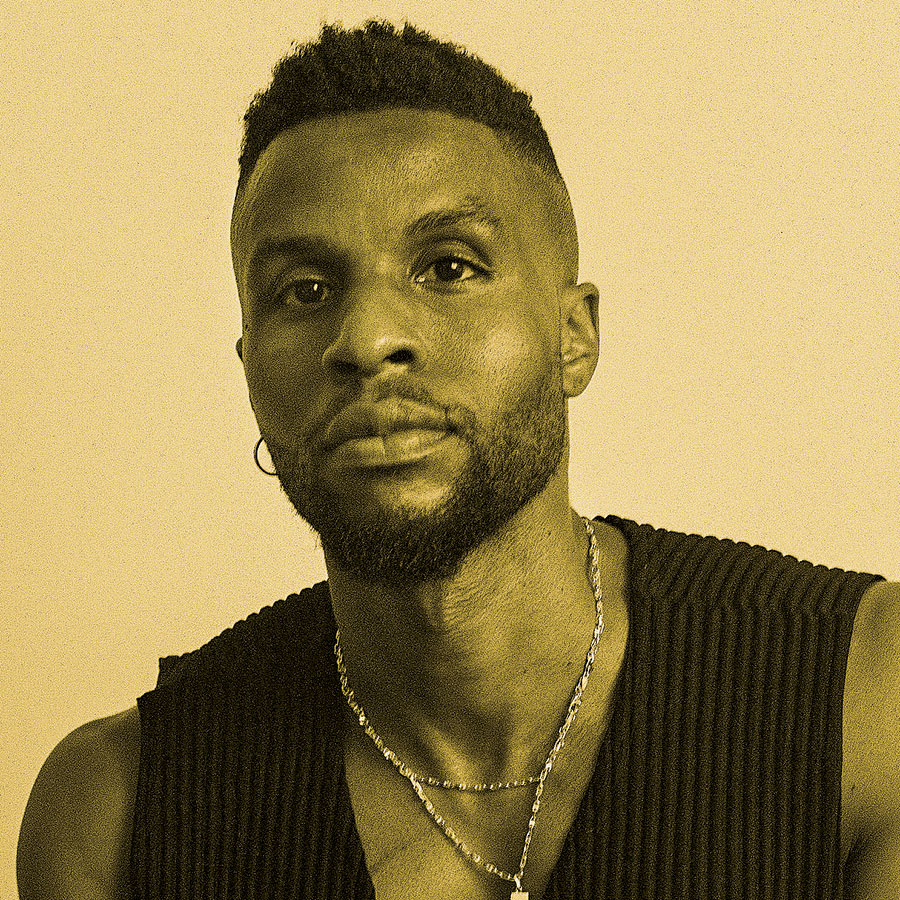
When journeying across the Atlantic, this Nigerian Canadian artist collects objects he calls “diasporic debris” for his installations. In so doing, he uses his personal travels to evoke, in his words, “a broader examination of Black Diasporic identities, popular culture, migration, and spiritual traditions.” In Hot Commodity, a 2022 installation at the Albright-Knox Museum in Buffalo, New York, Oluseye employed antique vending machines to display a variety of signifiers, including cowrie shells, do-rags, watermelon candy, and a black phallus.
Where to see his work At the booth of the South African gallery Southern Guild. Sierzputowski notes that Oluseye will showcase talismans compiled from found rubber, metal bolts, and synthetic hair.
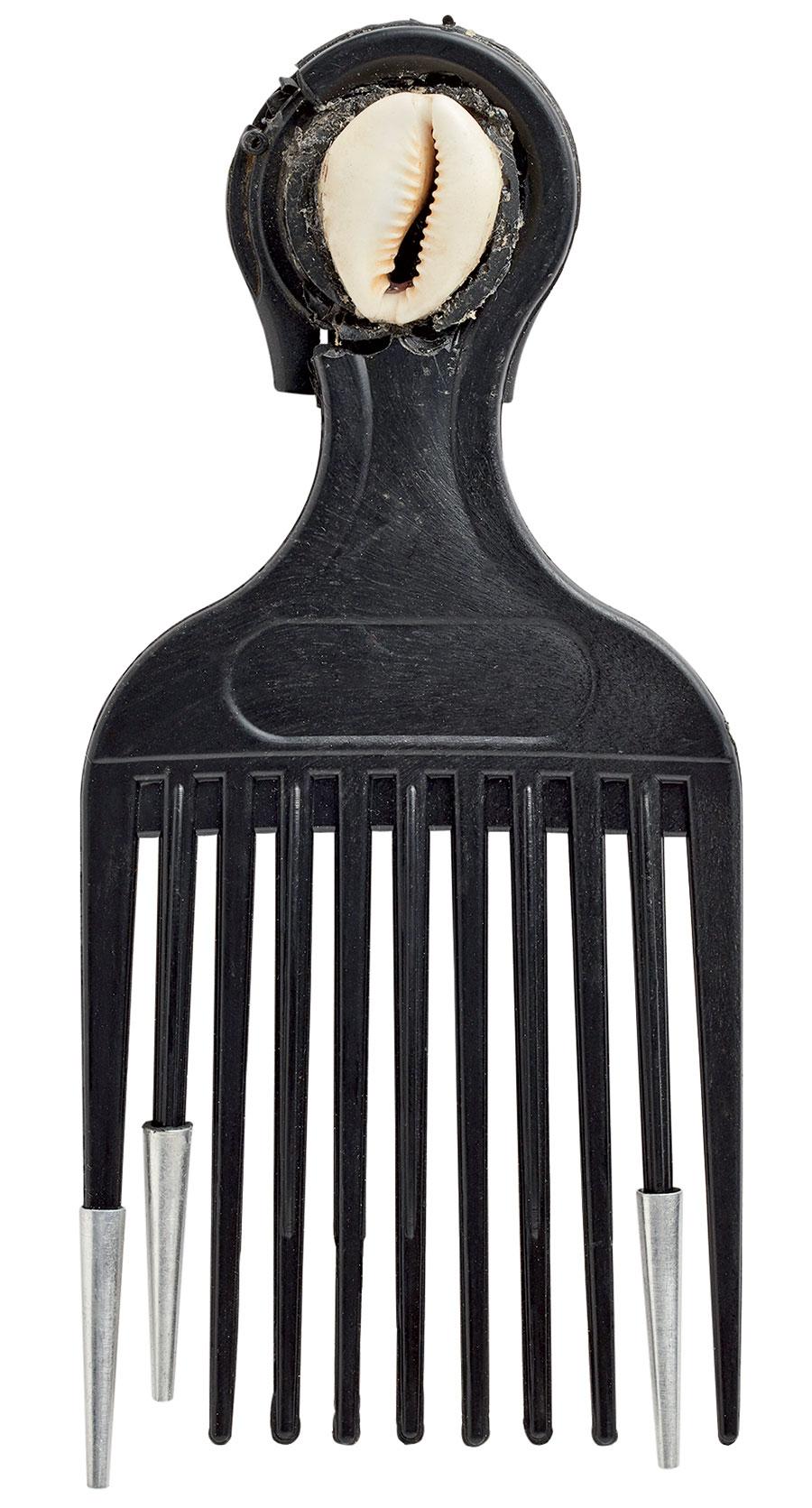
Molly Zuckerman-Hartung
A School of the Art Institute of Chicago alum (she received her MFA in 2007), the painter now lives in Connecticut, but her work resides in the collections of several Chicago institutions, including the Museum of Contemporary Art and the University of Chicago’s Booth School of Business. For her abstract pieces, she sometimes makes use of disparate materials like wool string, folded paper, and rubber gloves. Zuckerman-Hartung helps open Expo with an in-person conversation April 13 with a curator from Louisville’s Speed Art Museum.
Where to see her work At the booth of the local gallery Corbett vs. Dempsey
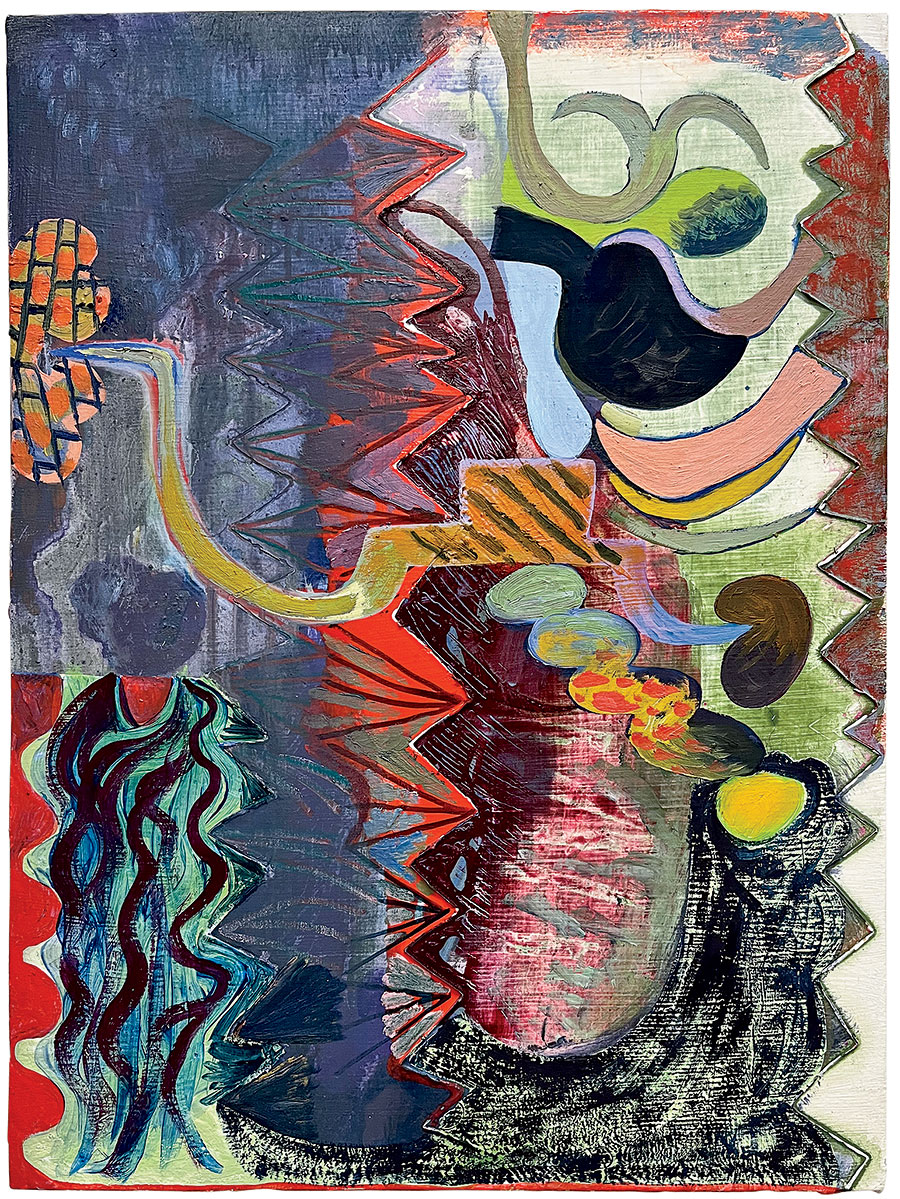
Athi-Patra Ruga
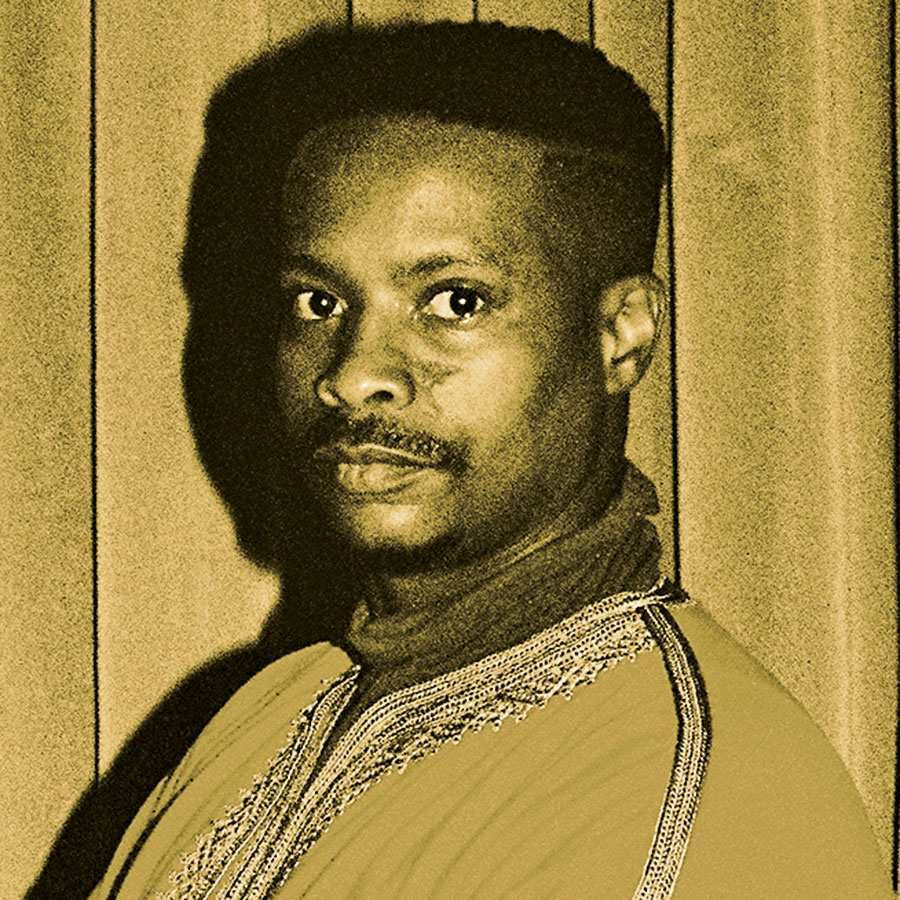
This South African Renaissance man works in a wide range of media, from embroidery and sculpture to performance and video. He imagines his native land as if it were a matriarchy, depicting powerful Black queens, goddesses, and invented mythical figures as a way to examine life postapartheid. As Sierzputowski observes, “Ruga creates alternative identities that are intended to parody the status quo, seen through tapestries, stained glass, and oil on canvas.”
Where to see his work In a solo exhibition from the Cape Town–based gallery WhatIfTheWorld
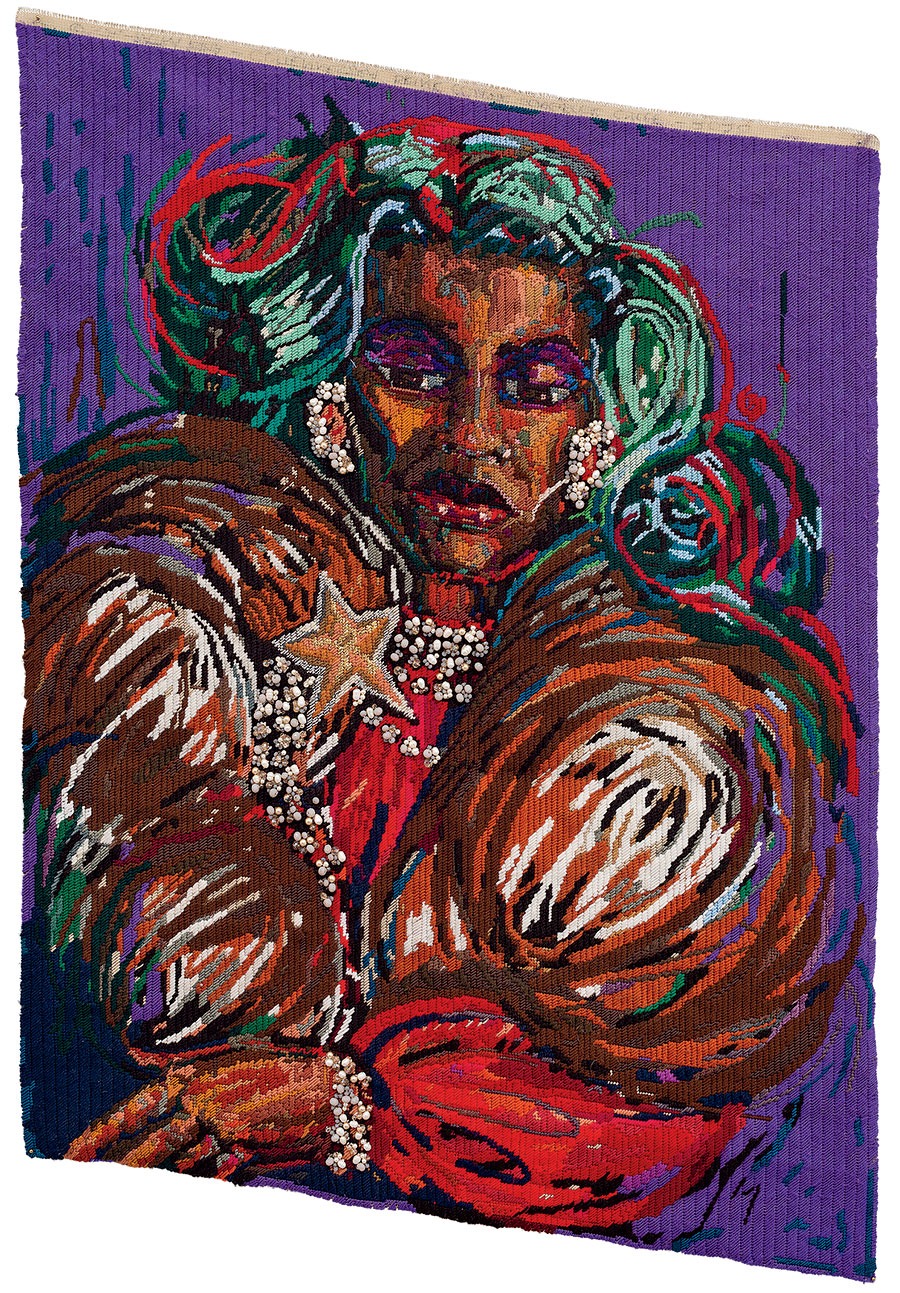
Leasho Johnson
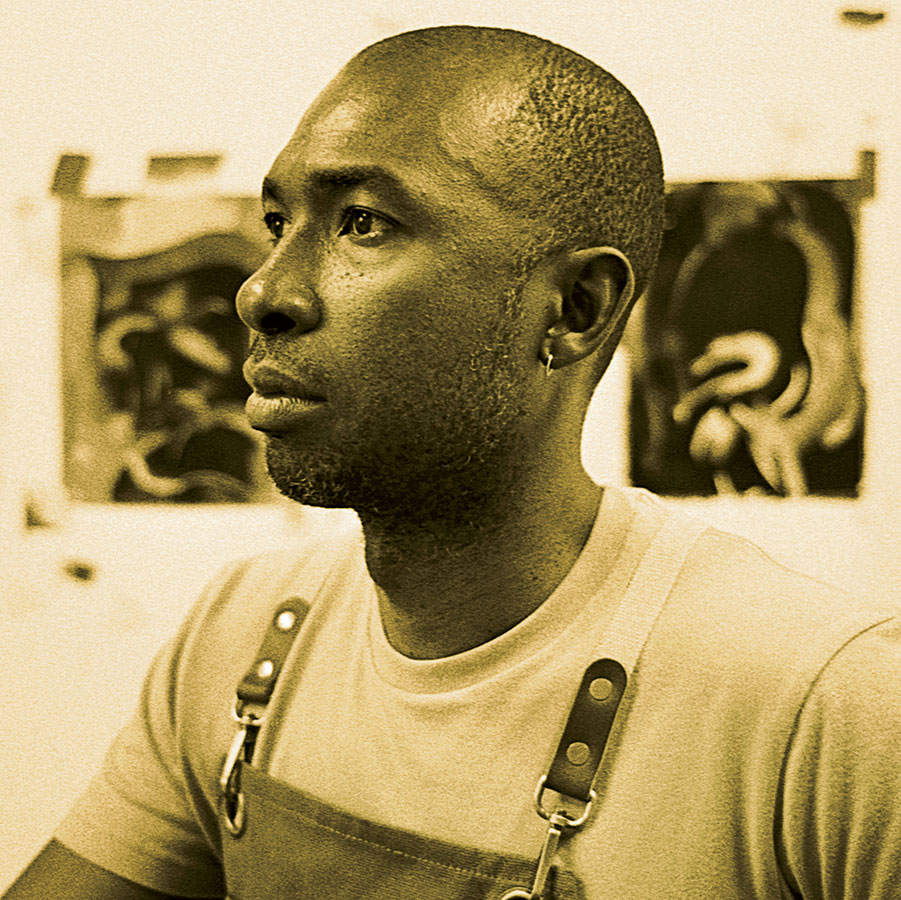
A queer Jamaican-born painter who earned his MFA in 2020 at the School of the Art Institute of Chicago, Johnson centers Blackness on his canvases, both literally and metaphorically. Created with a dark palette occasionally interrupted by limited bursts of color, Johnson’s “densely textured paintings reveal charcoal figures emerging out of watercolor and acrylic worlds,” says Sierzputowski. As Johnson told the art magazine Frieze earlier this year: “I want all the colors to be able to merge into black. Blackness can be seen as a void, but it’s a void full of potential: There are so many possibilities within that universe.”
Where to see his work At the booth of the Bahamian gallery Tern
